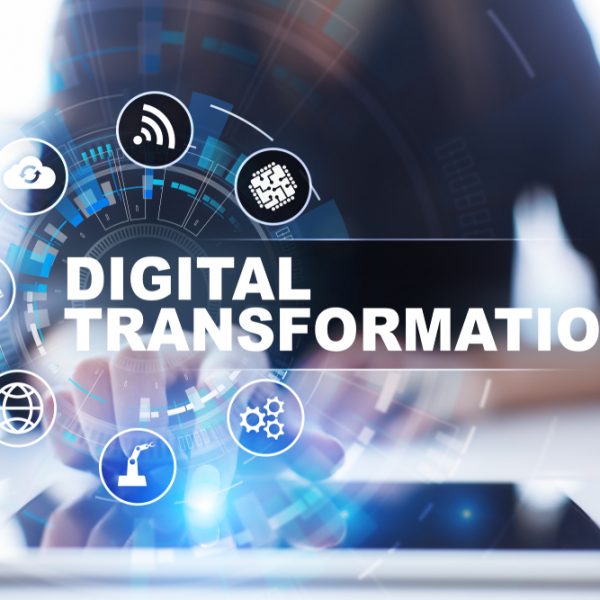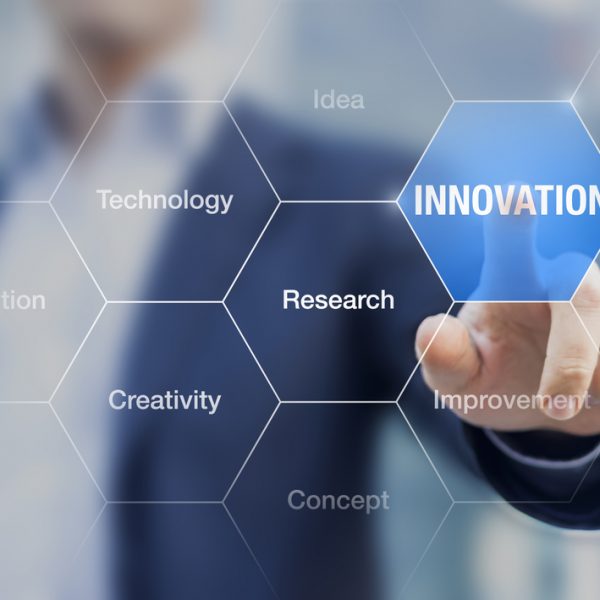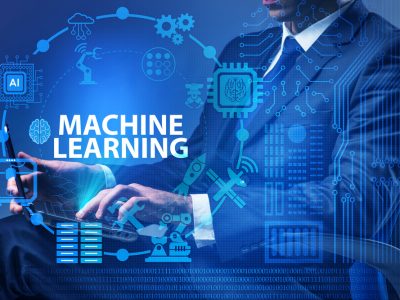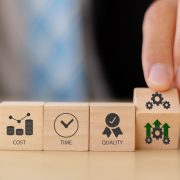By combining high speed internet and artificial intelligence tools to run a business, the outcome in most cases is the discovery of new frontiers for attaining revenue. It is possible to enhance the value of a business through connecting physical assets in a way that allows data sharing. Software, sensors and technologies that facilitate this transfer are able to read and detect interconnectivity through the internet. All business sectors from manufacturing to design are bound to benefit from this level of technology use. Any business that is connected to IoT and 5G will be able to effectively mitigate against the effects of climate change because of reduced carbon emissions.
Interesting IoT applications for the real world
Are you a tennis player or sports enthusiasts? Do you know that there is a tennis racket that is internet enabled and by the use of sensors it is able to measure the strength of your swing to determine areas where you need to improve? Maybe you are a fashion nerd and would be amused to know that there is a wearable jacket which you can link to your smartphone using Bluetooth. A buzz felt on the cuff is an alert that you are moving too far from your cell phone; if you make a swipe across your sleeve, you can skip the song that is currently playing on your smartphone; tapping the shoulder strap on your jack captures the moment in a picture.
The above examples just show how real the possibility of increasing the value of business through Internet of Things (IoT) is. Did you know that this same technology can be used to significantly reduce the food we throw away? Studies by the UN on level of food wastage reveals that up to 30% of all the food available in the world at any given time ends up in waste dumps. This is monetary terms amounts to an estimated $750 billion washing down the drain. Through leveraging of 5G and IoT technology, the Danish company Globe Tracker is offering users of their refrigerated food trucks access to real-time data throughout a trip. This ensures that food in transit is in regulated optimum temperatures as required to keep it fresh.
How is 5G different from 4G?
It is no secret that 4G data transmission through the internet and the prevalence of the smartphone has revolutionized the way modern communication happens. The 5G network will take us a notch higher and if coupled by emerging technologies such as IoT, artificial intelligence (AI), machine learning and edge computing, we are gearing up for the 4th industrial revolution.
The backbone of this new network will be software – cables will no longer be necessary to connect between devices and networks; the cloud is. This means that the efficiency of this network far outshines the 4G network that came before it. Instead of data access and retrieval happening in a web, commands like this will be sent and responded to via a cloud space. This in simple terms just translates to super internet speeds. With 4G, a respond to a command is fulfilled within 50 milliseconds but the 5G equivalent will take 1 millisecond.
In the same way that technology is used to improve the quality of life, it is crucial to develop safer transport systems that preserve life. Using 5G, it will be possible to connect various moving devices to each other through the internet. With active sensors keeping track of speed and direction of movement, the rate of accidents on our roads can be drastically reduced. This technology is however not new considering that earlier systems such as the Advanced Driver Assistance Systems (ADAS) have been in use for a while. If the speed of data sharing between devices happens in real time then actions that can be triggered to prevent loss or damage are beneficial.
The path to 5G
There are already talks about the adoption of 5G across multiple sectors in various economies around the world. This is an indication that the business world is ready for the new revolution. If this conversation around 5G continues with the same intensity at which it is currently, we can expect to see about 2.6 billion subscriptions by the close of 2025. According to projections made by McKinsey, IoT is going to generate an average of $7 trillion annually as we move towards full realization by 2025.
With such great innovations happening in the technology space globally, we can expect to see higher levels in customization and personalization. The momentum that is now evident in the market is an indication that enterprises are in for massive growth; with this however is the risk of data fraud and excessive flexibility.


















